Bantsang Gonpa, also known as Nedong Bantsang Monastery, is a Tibetan Buddhist monastery with a profound historical and religious heritage. Its full Tibetan name is Thubtan Sherabshadru Phelgyaling. Established around the year 1350 AD, the monastery belongs to the Kagyu school and was once one of the important monasteries of the Phagdru Kagyu tradition.
Located in Zêtang Town, Nedong District, in the Shannan (Lhoka) Prefecture of the Tibet Autonomous Region, Bantsang Gonpa sits on the slopes of the right side of Zêtang Mountain. Nestled within the breathtaking landscapes of southern Tibet, it stands as a testament to the resilience and revival of Tibetan culture and spirituality.
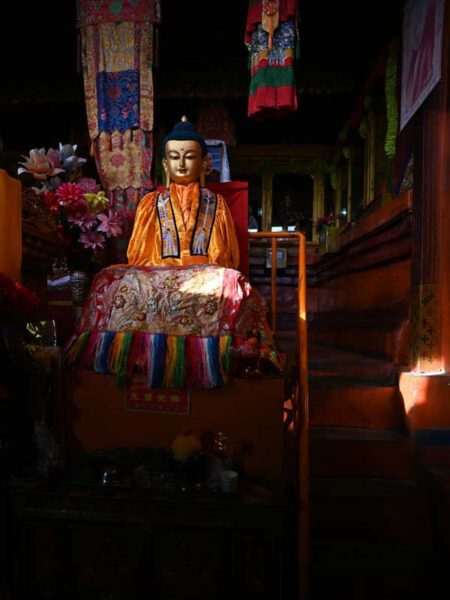
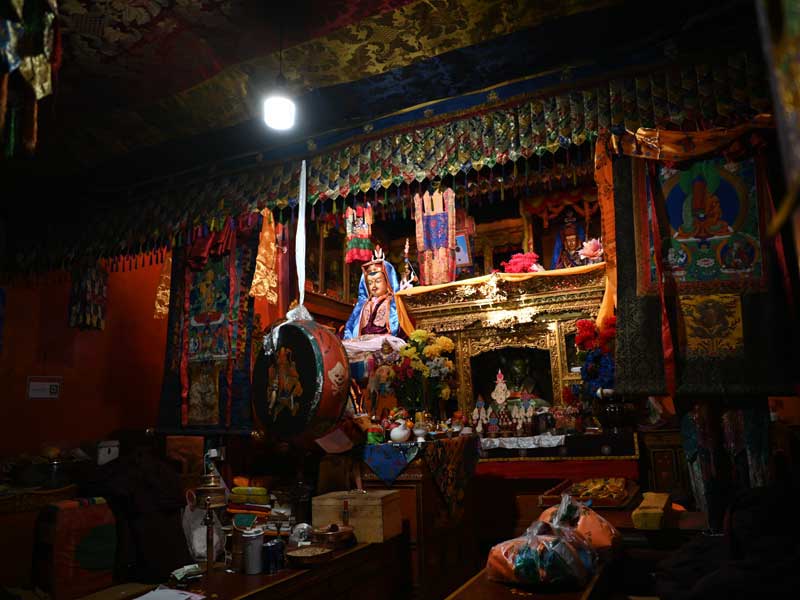
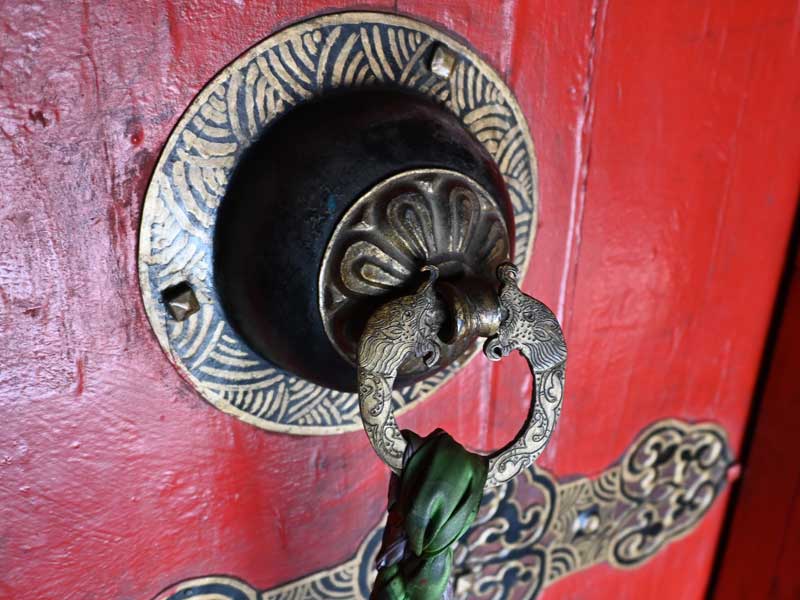
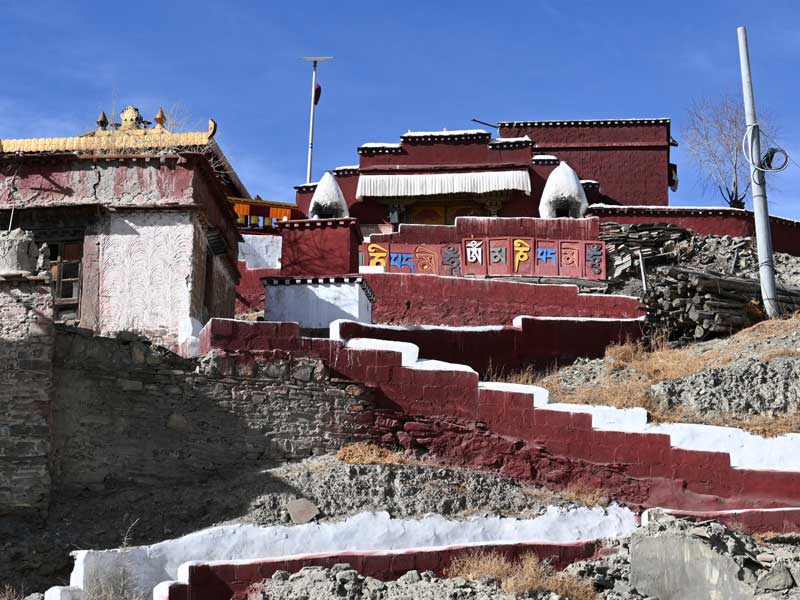
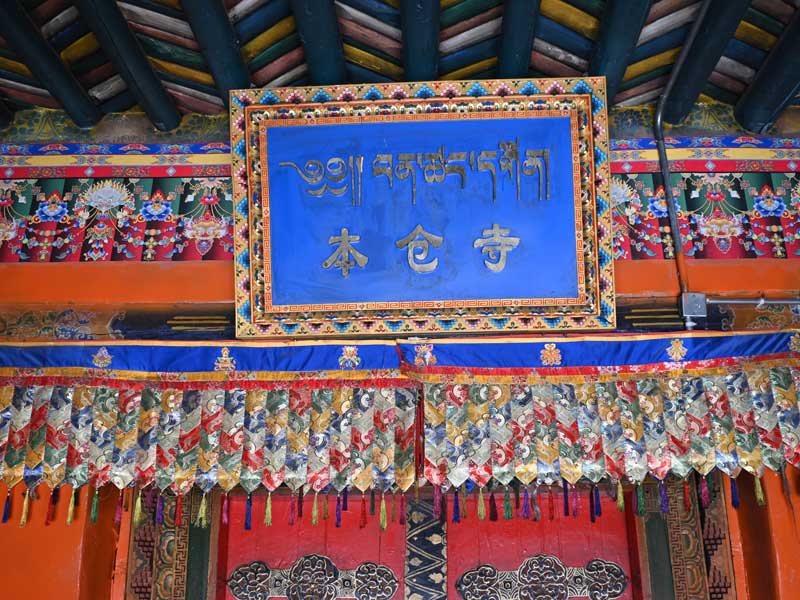
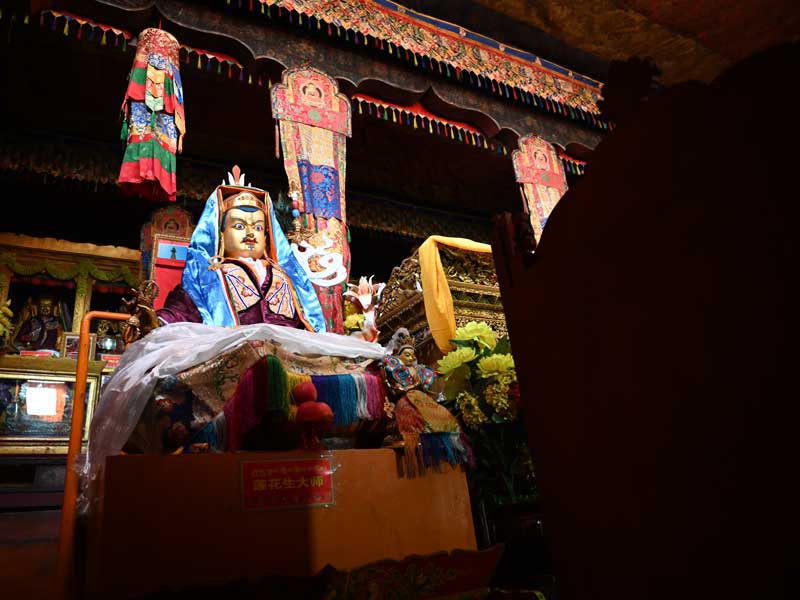
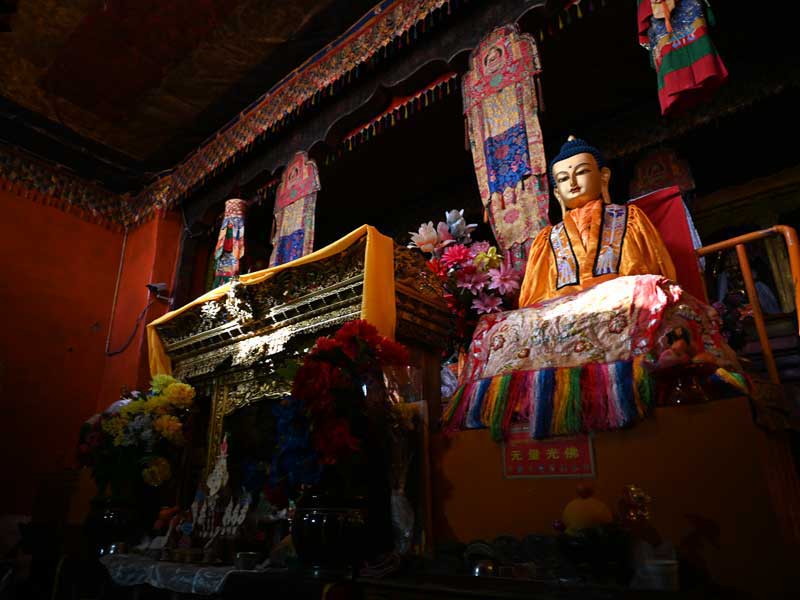
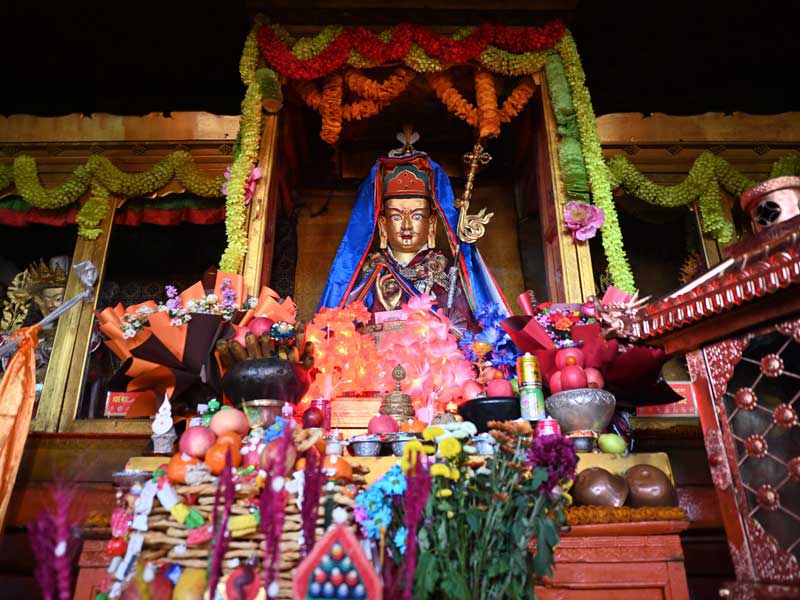
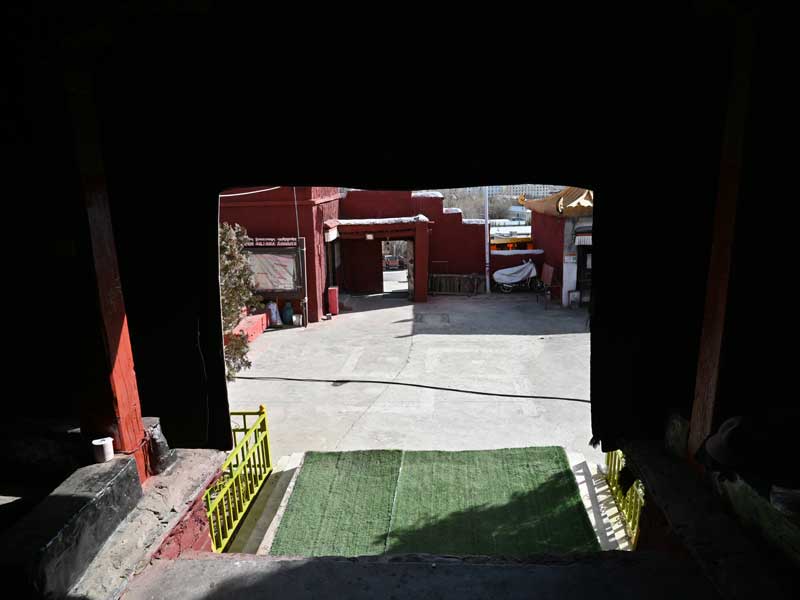
Historical Evolution and Sectarian Lineage
The establishment of Bantsang Gonpa dates back to the mid-14th century when it belonged to the important branch of the Kagyu school known as Phagdru Kagyu. Derived from the larger Kagyu tradition of Tibetan Buddhism, the Phagdru Kagyu school held a significant place in Tibetan history, ruling Tibet for more than two centuries during the late Yuan and early Ming dynasties. During this period, Bantsang Gonpa underwent continuous expansion, eventually developing into a monastic complex consisting of thirteen chapels, serving as a major center for religious practice and pilgrimage for local devotees.
As history unfolded, Bantsang Gonpa later became affiliated with Kuntsang Tse, under which it remained an important monastery. At its peak, the monastery housed approximately seventy monks and enshrined a vast collection of precious gold, silver, and bronze Buddha statues. Among its most revered relics was the stupa of the seventh reincarnation of Yarje Orgyen Lingpa. Yarje Orgyen Lingpa was a highly influential figure in Tibetan Buddhist history, and his reincarnation lineage and spiritual attainments solidified Bantsang Gonpa’s status as a key religious center for Buddhist followers in southern Tibet.
However, the monastery’s history has not been without hardships. The Cultural Revolution of the 1960s dealt a devastating blow to this ancient temple. During this period of turmoil, nearly all of its structures were destroyed—the thirteen chapels were reduced to rubble, and most of its treasured gold, silver, and bronze Buddhist statues, along with other sacred artifacts, were either damaged or looted. The revered stupa of Yarje Orgyen Lingpa was also lost to the destruction. This catastrophe not only obliterated the material foundation of the monastery but also severed its religious continuity, scattering its monks and leaving the monastery abandoned. Once a glorious religious sanctuary, Bantsang Gonpa was reduced to ruins.
Reconstruction and Revival
In the 1980s, with the adjustment of national religious policies, Bantsang Gonpa was given the opportunity for rebirth. Reconstruction efforts gradually took shape, supported by the local government’s renewed religious policies. Former monks of the monastery took the initiative to organize and lead the rebuilding process. This endeavor was immensely challenging, as they faced severe shortages of resources. However, with unwavering faith and dedication to their traditions, they overcame numerous obstacles, raising funds under difficult conditions and painstakingly restoring the destroyed chapels and monastic structures.
After years of effort, Bantsang Gonpa gradually regained some of its former splendor. Although it has not been possible to fully restore its original scale or recover its lost relics, the rebuilt monastery has once again become home to returning monks, and the sound of Buddhist chants resonates once more. Today, it serves as a vital center for Kagyu practitioners in the region, preserving its ancient religious traditions and standing as a symbol of cultural and spiritual revival in southern Tibet.
Geographical Setting and Cultural Significance
Zêtang Town, where Bantsang Gonpa is located, is regarded as one of the cradles of Tibetan culture and is among the oldest towns in Tibet. Not only is it a cultural and historical center of the Yarlung Tsangpo River civilization, but it also played a pivotal role in the early history and religious development of the Tibetan people. Nestled against the mountains, the monastery is surrounded by a serene and solemn environment, providing an ideal atmosphere for monastic practice.
The history of Bantsang Gonpa not only embodies the religious traditions of the Phagdru Kagyu school but also bears witness to several key historical transitions in Tibet. Its revival represents more than just a resurgence of religious belief—it is also a part of Tibet’s broader cultural renaissance, allowing this once-glorious monastery to once again serve as a spiritual sanctuary for devoted followers.
Throughout history, the fate of Bantsang Gonpa reflects the turbulent journey of Tibetan Buddhism in modern times. More than just an important Kagyu establishment, it is a vital part of Tibetan religious and cultural heritage, symbolizing the Tibetan people’s steadfast faith and commitment to preserving their traditions.
Although the monastery’s reconstruction has not fully restored its former material grandeur, its spiritual essence endures. During religious festivals, devotees from far and wide gather here to offer incense, listen to scriptures, and reconnect with their faith, making the monastery a renewed bridge between people and their spiritual beliefs.
Today, as society evolves and religious faith experiences a revival, Bantsang Gonpa stands resilient on the slopes of Zêtang Mountain, having risen from past hardships to regain its vitality. Once again, it serves as a sacred site for spiritual practice and pilgrimage, showcasing the profound religious and cultural legacy of Tibet to the world.



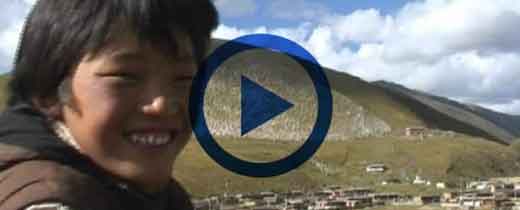

Leave a Reply